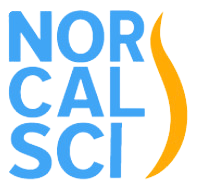COVID-19 and SCI: New research provides more clarity on impact of virus
Since the onset of the COVID-19 pandemic, the unknown has caused significant impact in the community living with spinal cord injury (SCI). At the same time, there has been much learning, creation, and gathering of knowledge and resources about this disease to begin to understand the SCI community’s health risks in relation to COVID-19. The North American Spinal Cord Injury Consortium (NASCIC) took the initiative to gather and present all current evidence-based information and knowledge about COVID-19 related to those living with SCI and came away with some incredible conclusions.
NASCIC collaboratively assessed various resources to provide those living with SCI and the community a thorough understanding of the current situation and, hopefully, quell fears of the unknown related to COVID-19. The evidence that NASCIC has compiled and has included in this report covers:
the concerns about the pandemic from people with SCI,
case studies with SCI who have contracted COVID-19, and
impacts of nationwide lockdowns due to COVID-19.
The take home messages about COVID-19 in people with SCI were:
People with SCI are not at a higher risk of getting infected with the COVID-19 virus.
The early symptoms people with SCI experience can often be confused with UTI.
Cough and fever may not be as severe as compared to people who have COVID but do not have SCI.
The severity of symptoms and disease course of COVID-19 in people with SCI, so far, is not as bad as initially expected.
Age and underlying secondary conditions may still be risk factors, more information is needed.
It is still very important to minimize the risk of exposure to COVID-19 by washing hands, wearing a mask, and social distancing.
You can read the results summarized in their white paper HERE.

